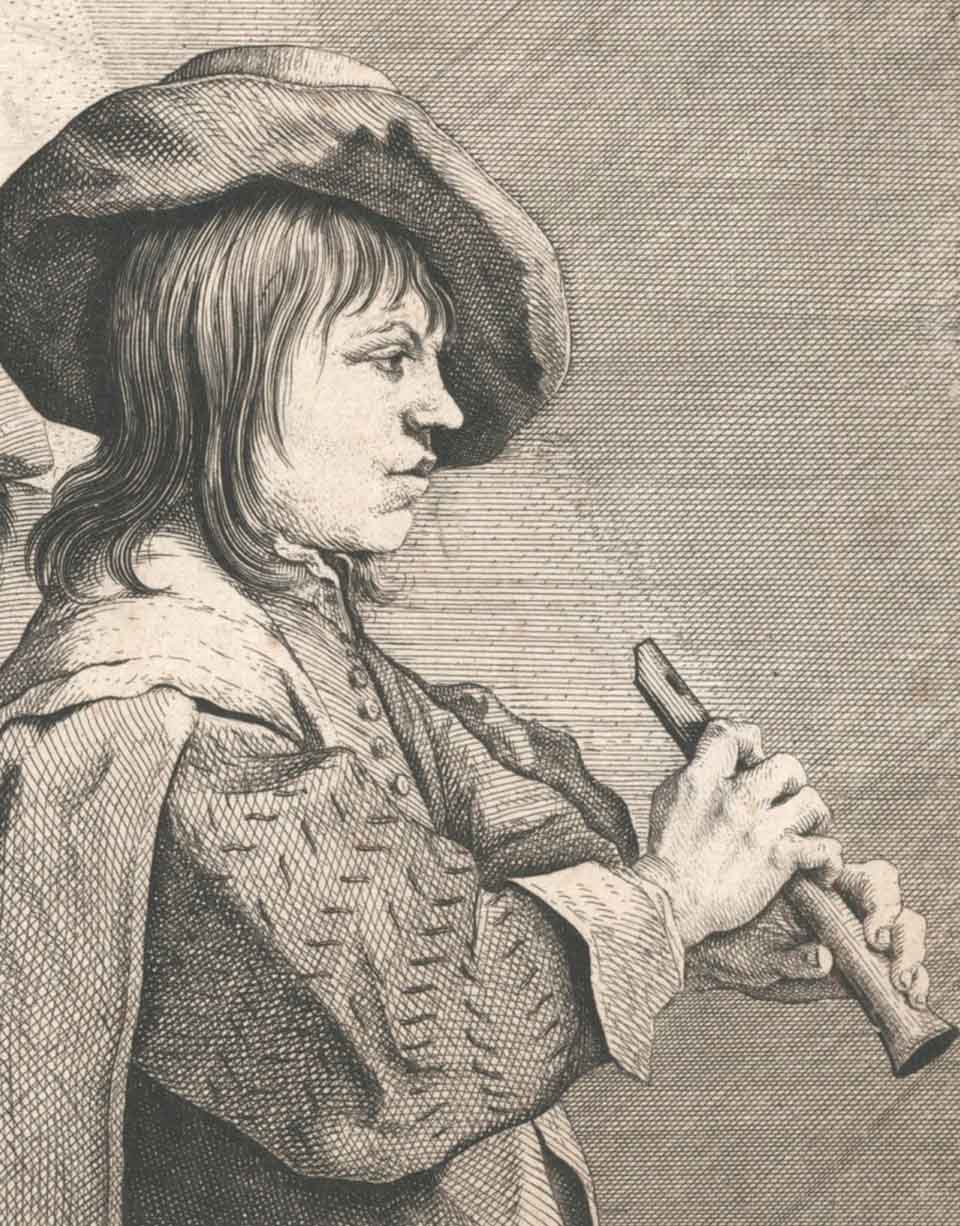
In his 1864 book The Principles of Biology,the English biologist, anthropologist and sociologist Herbert Spencer used the phrase the “survival of the fittest”. Of course, he’d borrowed it from Charles Darwin whose controversial work On the Origin of Species had been published five years earlier.The expression is sometimes misunderstood. Darwin didn’t use it to mean strictly “in the best physical shape” but also to mean, “most suitable for adaption to a changing environment”.
Oddly enough, this expression drifted into my mind when I was watching a music video of primary school children. They were all playing recorders and the sound was horrid, that soul-less, ghostly hooting noise which is rarely in tune. However, it’snot the instrument to blame but more ofteninadequate teaching skills. The recorder has been with us since the Middle Ages and remained virtually unchanged in all that time. Some of the most respected composers of the Baroque wrote concertos for the instrument, among them Bach, Vivaldi and Telemann. The instrument was also used in the emerging orchestras because of its penetrating sound and its ability to play music which was technically challenging. Partly because of the popularity of the flute, the instrument faded during the 19th century but made a come-back in the 20thcentury not only in education but also in early music performances which employed authentic historical instruments.
Technically the recorder is known rather unglamorously as “an internal duct flute” which is a flute with a whistle mouthpiece and for many years, the words “flute” and “recorder” were interchangeable.When you come to think about it, the name “recorder” is rather curious. It derives – in a rather tortuous way – from Middle French, in which the verb recordeur meant to learn by heart, to recite or to play music.
As to the survival of the fittest, the recorder has been one of the lucky ones. Throughout musical history we can find instruments that for various reasons, became extinct. During the broad sweep of European classical music over the last few hundred years, music has tended to become increasinglycomplex. Many instruments that could handle the relatively simple melodies of early dance music were not capable of the more virtuosic music of later years. Some instruments were naturally quiet and notsuitable for orchestral use. Other instruments gradually morphed into more modern versions or gave way entirely to new designs. We rarely hear them today, except in authentic performances of early music, many of which use modern reconstructions of the historical instruments. Extinctwind instruments include the cornett (not to be confused with the modern brass band instrument), the oliphant, the serpent, the dulcian, the cornamuse, the shawm and the crumhorn. Among the stringed instruments, the bandora, the cittern,the orpharion, the vihuela and the hurdy-gurdy have all but bitten the dust.
This is perhaps the most joyous and sparkling of Bach’s six Brandenburg Concertos and the use of recorders brings a brightness to the texture. They’re not concertos in which a single instrument is pitted against an entire orchestra but an older type of work known as the concerto grosso or “big concerto”. The concerto grossofeaturea small group of solo instruments (in this case, two recorders and violin) which were contrasted against the rest of the orchestra, which in those days would have been quite small. The work has three movements and the violin part is especially demanding in the first and third movements. Bach later cleverly adapted thiswork as a harpsichord concerto, later given the catalogue number BWV 1057.
Antonio Vivaldi (1678-1741): Recorder Concerto in C major, RV 443.Anna Fusek (rec),KAVKA Baroque Orchestra.Duration: 10:39; Video: 480p
Described in the Boulder Daily Camera as “a rock star on the recorder” soloist Anna Fusek plays with a rare understanding of the music. This concerto is typical Vivaldi with a virtuosic first movement, a lyrical slow movement and a fast movement to finish. It was the standard concerto format during the early 18th century. Vivaldi of course, was best known for his set of violin concertos known as The Four Seasons. Less well-known is the fact that he also wrote forty operas and about four hundred concertos. It has to be admitted that there is an element of sameness in many of the concertos, which is hardly surprising when he produced so many of them. Igor Stravinsky a composer well-known for his acerbic remarks once dryly commented that Vivaldi’s concertos as “the same concerto four hundred times” which strikes me as a little bit unfair.
 |
 |
 |





